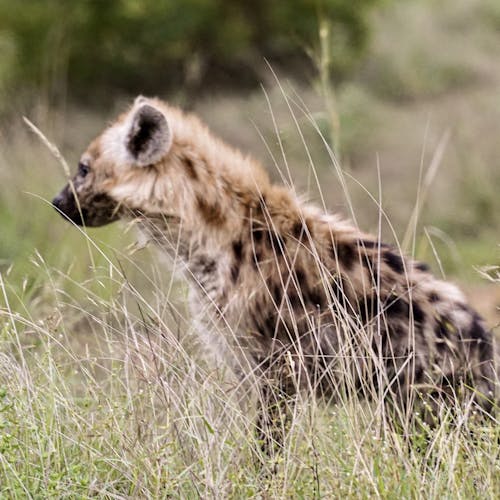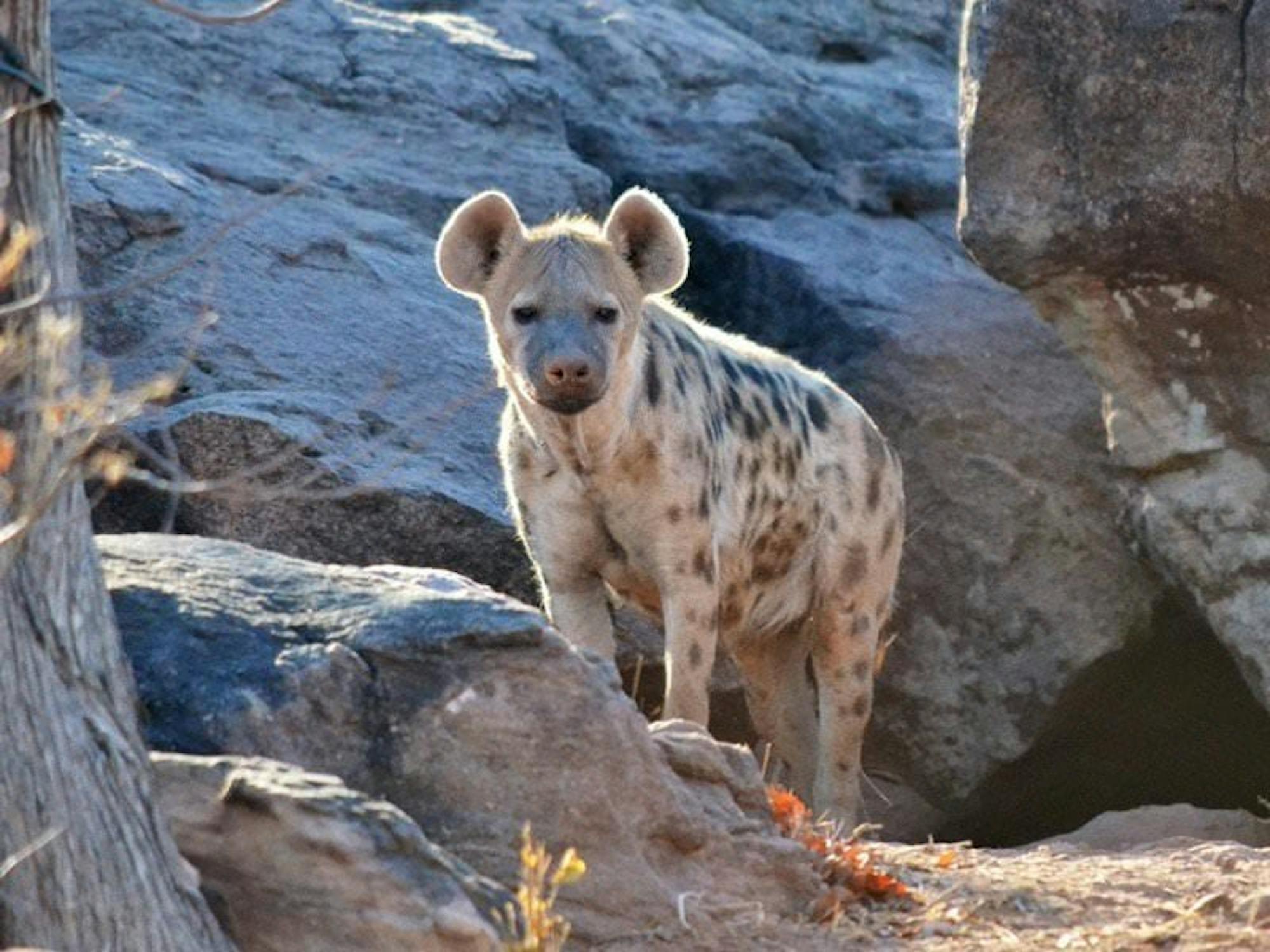
Will hyenas get the last laugh?
Ask people what their favourite African animals are, and you will often hear the same species mentioned: lions, elephants, rhinos, giraffes, cheetahs. But hyenas? These unique animals are rarely at the top of the list. Still, once you’ve seen them in the wild and had a chance to observe their fascinating social behaviour, watch a mother hyena lovingly play with her cubs, or hear the spotted hyena’s incredible vocalisations, they may make it onto your list of favourites.
Hyenas get a bad rap – most people who don’t know them think of hyenas as giggling, skulking scavengers. Centuries-old folklore traditions also cast them in a negative light, accusing them of being shape-shifters and witches. The truth is that hyenas are an essential part of the ecosystem and one of the most social mammals – and the idea that they are “Nature’s Trash Collectors” only tells part of the story.
In the case of the spotted hyena, they are also among the most successful hunters of all African carnivores due to their efficient and very social style of hunting their prey (it’s not true that hyenas simply steal carcasses from lions – often it’s the other way around!). Spotted hyenas can run up to 60 kilometres/37 miles per hour and, while working in an organised pack, can take down prey as large as wildebeest and Cape buffalo. They are scavengers, too, which helps clean up the bits left over by more finicky carnivores, such as bones and skin. Unlike spotted hyena hyenas, smaller ones (including brown hyenas, aardwolves, and striped hyenas) are primarily scavengers or insect-eaters.
Hyenas live in matriarchal groups called clans, with a highly specialised social order and means of communication. In spotted hyena society, up to 100 individuals can live in a single clan, with the larger, more aggressive females leading the group. Spotted hyenas have one of the most complex vocalisation systems of any African mammal: researchers have recorded at least 11 different sounds with distinctive meanings, including laughs or giggles (nervous excitement), whoops (calling to other hyenas or claiming territory), groans and squeals (greetings), grunts, growls and yells. Hyenas also mark their large territories using scent pastings from special glands.
They’re also beautiful animals – have you ever seen what a brown hyena looks like, with its unique leg stripes and glamorous long coat? Or tiny hyena cubs snuggling with their mother? Hyenas are like no other animals on Earth.

